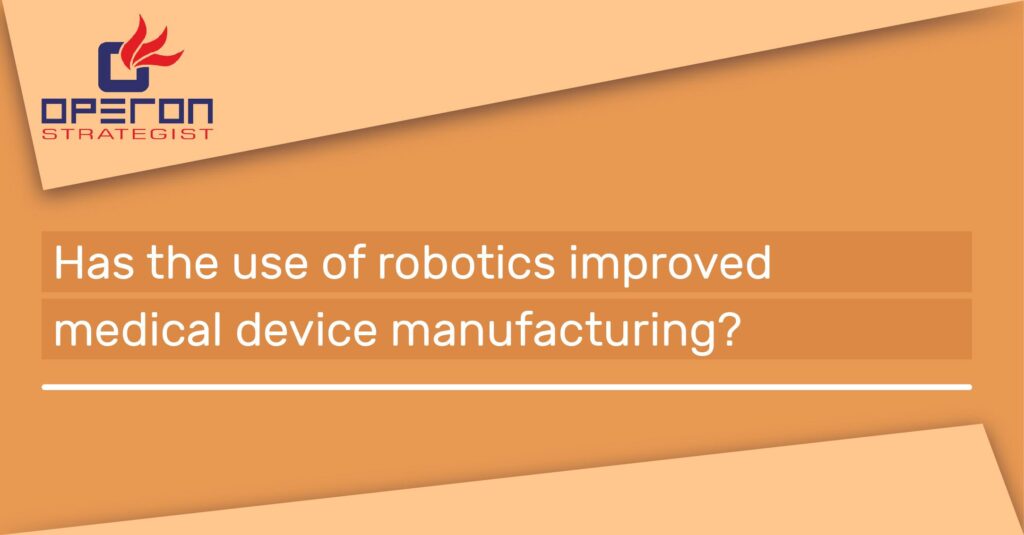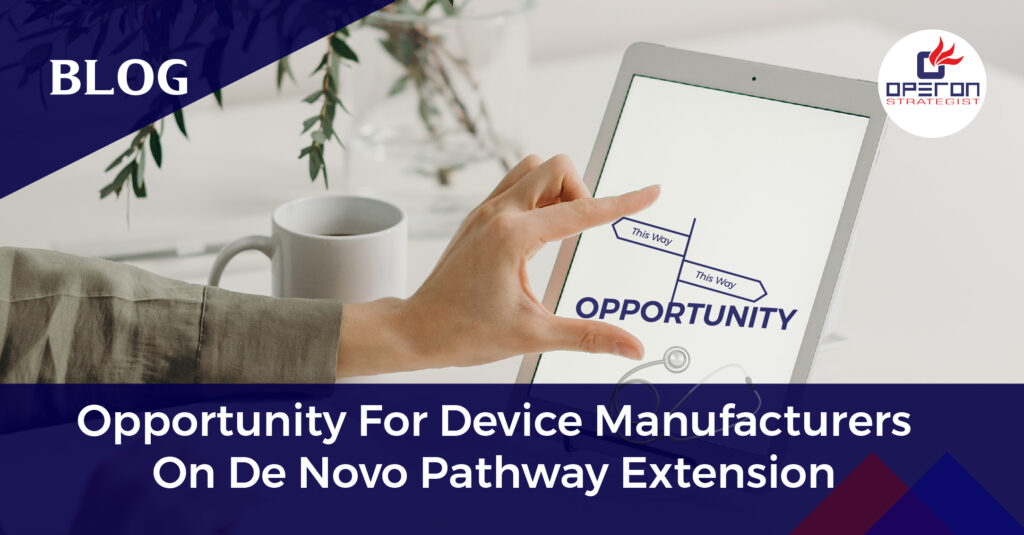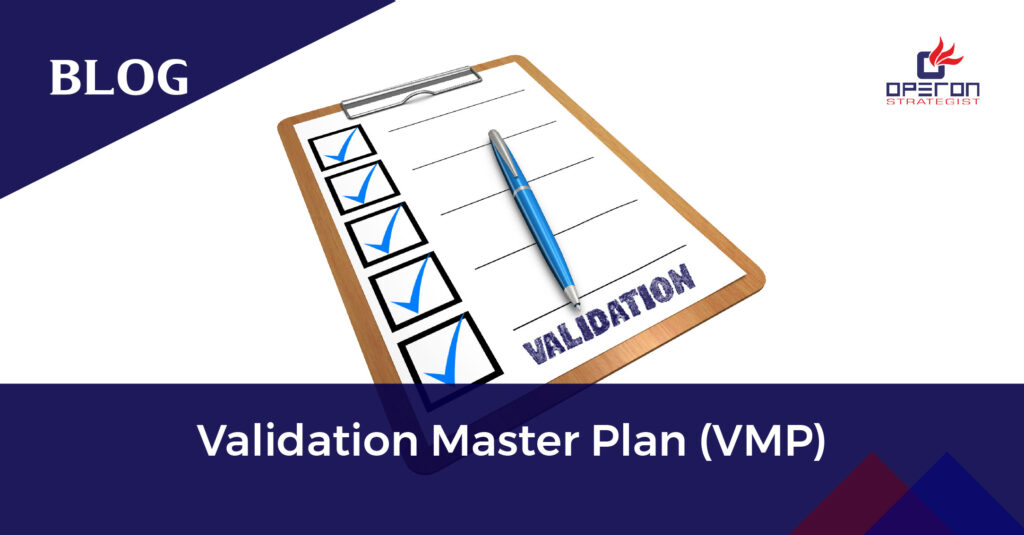Most recently the COVID-19 pandemic the use of robotics improved medical device manufacturing. Today, robotic automation is integrated into nearly every facet of medical device processing and production. Overall, today’s automated work cells are already an integral facet of medical device manufacturing. The pandemic of 2020 has only reinforced the necessity to progress further toward automated cells for both the health and safety of our workforce as well as the continuity of the supply chain
- Operon Strategist helps manufacturers develop their quality management system as per the requirements of ISO 15378.
- We assist with documentation, training & implementation of the quality system. We help the Primary packaging material manufacturers to understand the requirements of ISO 15378 by performing GAP analysis.
Has the COVID-19 pandemic brought a new urgency to automating medical device manufacturing?
Consistency, cleanliness, and reduced touch points have always been important drivers in automating medical device manufacturing processes. In today’s world of Coronavirus (COVID-19), however, there is an even greater need to reduce human, machine, and product interaction.
Looking Forward To CE Marking Process For Medical Devices ?
We help you in the process of making a defined and comprehensive technical file with all product details required for CE marking.
Manually progressed components in this environment carry risks that have not been seen before. Previously it was very common to utilize a serial approach to work cells where operators would perform tasks on a component or assembly and pass these components to the next operator in close proximity.
Today’s social distancing and plexiglass dividers used to prevent contamination have made these operations even less efficient while further increasing operating costs. Surface contamination on an in-process medical device assembly or component may pose a low risk to technicians when precautions are taken; nonetheless, if it can be avoided, it should. This unfortunate situation has only highlighted the benefits of true start-to-finish automated processes. Automation has also decreased the temporary impact of losing staff members to COVID-19-related family leave.
Has the use of robotics improved medical device manufacturing?
Overall, the industry as a whole would have been significantly more impacted had we not made such a strong investment into these critical systems. Even without these factors, robotic systems in medical device manufacturing still offer significant benefits. The ability to move with the dexterity of a human hand yet with greater speed, consistency, and tighter tolerances remains a great financial incentive.
Our stainless-steel tube processing area, for example, today looks completely different than it did a decade ago. Ten years ago, you would have seen a room filled with people in close proximity, performing different tasks, such as running machines and inspecting components. Today, that same room is filled with networked automated cells and one individual to oversee their operation.
What factors have enabled manufacturers to fully integrate robotics into production workflow?
The advent of the Industry 4.0 revolution, or the fourth industrial revolution, through the use of modern technology has opened up many doors for systems integration. This has increased the speed at which these tools can been integrated into production workflows. The advancement of machine communication protocols such as Ethernet IP and continued adoption of OPC-based data flows has greatly reduced the complexity of integrating robotic automation into existing work cells.
These features have now become a standard for us and have allowed us to see into these state-of-the-art systems through various analytic tools. This has increased both shop floor visibility and overall uptime with the associated benefits of predictive maintenance that this data provides.
These technologies have even allowed the technical team to more efficiently troubleshoot a wide variety of issues with both robotic cells and other networked machines. The advantages of this have never been more apparent since, in many cases, this troubleshooting has occurred remotely while the engineer was working from home. The “New Normal” would not have been possible for our manufacturing engineers without this approach.
The COVID-19 pandemic has brought to light the potential risks of infectious disease transmission through blood-borne pathogens, airborne atomized droplets, and surface contact transmission. A risk assessment will clearly show that areas where sharps are being fabricated will be one of the higher-risk operations that is therefore ideally suited to robotic automation. Robotics can help protect operators from accidental sticks and protect the sharps from damage, both of which are common challenges in medal sharps production.





